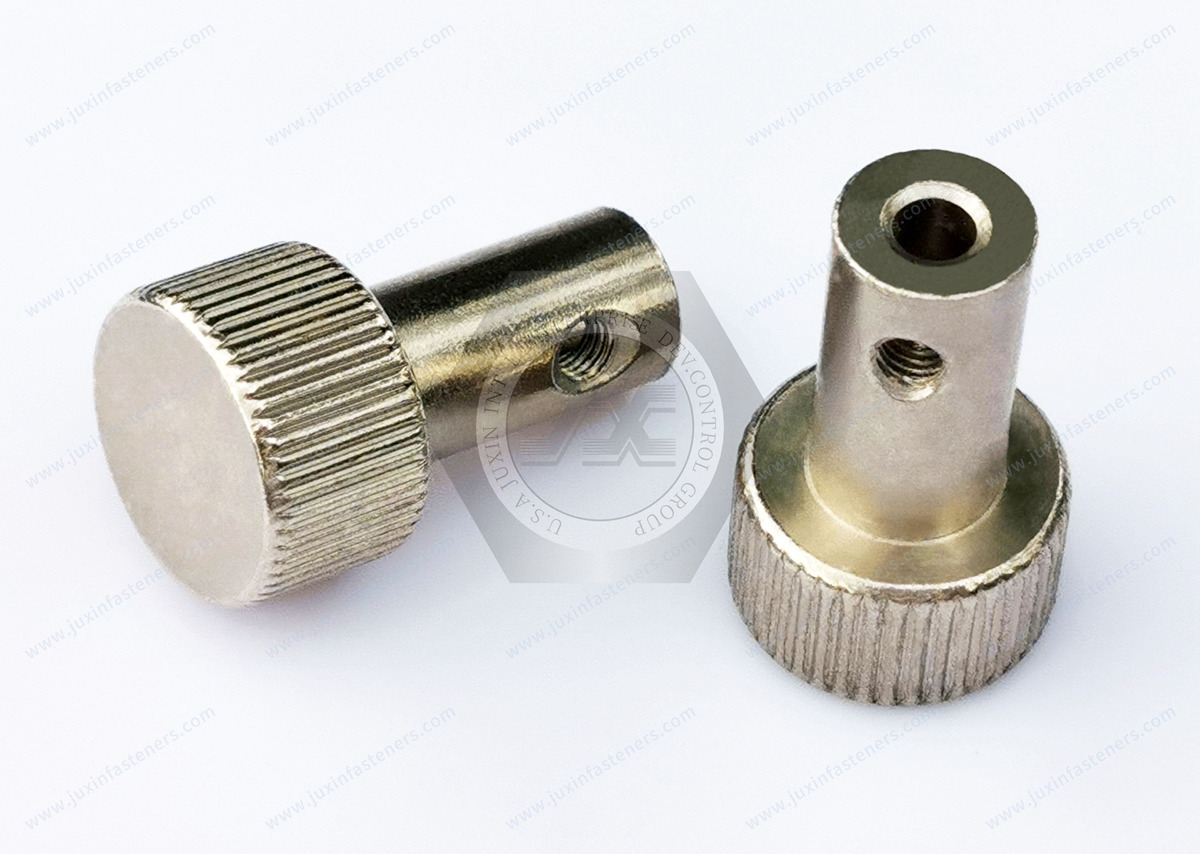Call Us
+86 136 6007 9809
Call Us
+86 136 6007 9809
Material: Carbon steel, Alloy Steel, stainless steel SUS304, SUS316, High-Strength Steel, Brass
Product Specification
Material: iron, aluminum, copper, stainless steel, nylon PA66, PTFE, etc.
Surface treatment: environmental protection white zinc, environmental protection black zinc, environmental protection color zinc, dacromet, anodic oxidation, tin, zinc-nickel alloy, etc.
Features and principles: convenient and fast operation, flexible use, easy disassembly, and wide application.Materials for Shaft Components
The selection of materials for shaft components is primarily based on the shaft's strength, rigidity, wear resistance, and manufacturability, aiming for economic feasibility. Commonly used materials for shaft components include high-quality carbon steels such as 35, 45, and 50, with 45 steel being the most widely used. For shafts that are subjected to low loads or are not highly critical, ordinary carbon steels like Q235 and Q255 can also be used. Alloy steels can be employed for shafts that experience high loads, have restricted axial dimensions or weight, or have specific requirements. For example, 40Cr alloy steel can be used in applications with medium precision and high speeds, as it exhibits good overall mechanical properties after quenching and tempering. Cr15, 65Mn, and other alloy steels can be chosen for situations that require high precision and operate under poor conditions. These materials, after quenching and surface hardening, exhibit good wear resistance and fatigue strength. For shaft components operating under high-speed and heavy-load conditions, low-carbon steels such as 20Cr, 20CrMnTi, 20Mn2B, or carburized steels like 38CrMoA1A can be selected. These steels, after carburizing or nitriding treatment, not only have high surface hardness but also significantly enhance their core strength, resulting in excellent wear resistance, impact toughness, and fatigue strength. Nodular cast iron and high-strength cast iron, due to their good castability and vibration-damping properties, are commonly used in the manufacturing of shaft components with complex shapes. They find applications in important shaft components for automobiles, tractors, and machine tools.
Blanks for Shaft Components: The common blanks for shaft components include profiles (round bar stock) and forgings. Large-sized shafts with complex shapes can also be made from castings. Crankshafts in internal combustion engines are generally made from castings. Profile blanks are available as hot-rolled or cold-drawn bar stock, both suitable for smooth shafts or stepped shafts with small diameter differences. Forged blanks, after heating and forging, have a fibrous internal metal structure that is distributed along the surface, resulting in higher tensile, bending, and tors.
①, When L<L ref., e=0, and the method of diameter ds is omitted
②, Material:
a) Steel, strength class (material): St, standard DIN EN 10087, DIN EN 10277-3 (these two material standards have been replaced by DIN EN ISO 683-4)
b) Stainless steel, strength class (material): A1, A2 according to standard DIN EN ISO 3506-1
c) Non-ferrous metals, strength class (material): CU3 according to standard DIN EN 28839
Product Packaging
Packing: Inner is Poly foam, out is carton. Then pallet. Carton size: 29*19*19.5CM and 23.5*17.5*8, CM and pallet size is: 215*100*90CM, or as your requirement.
Product Pictures

Packaging & Delivery and Packaging Details
1. Shrink film+wooden box
2. Cardboard box+pallet
3. Color box
4. As per the customer's request
Contact Us
Tel.:
+86 020 8621 0320
+86 020 3121 6067
Technical Support:
Navigation
SEND INQUIREY